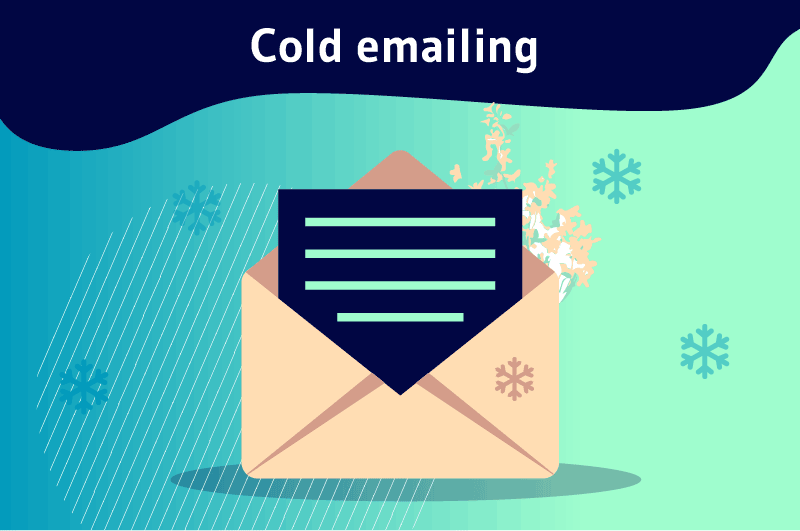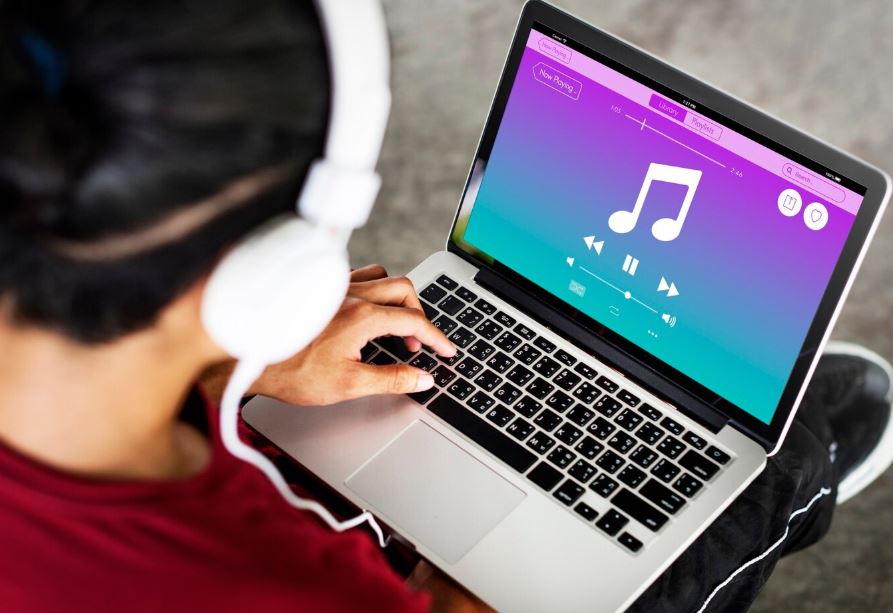Cold emailing is a powerful tool when done correctly. Whether you’re reaching out for business development, networking, or job inquiries, a well-crafted cold email can open doors. However, because it’s unsolicited, it can easily go unnoticed or land in the recipient’s spam folder. The key to success lies in creating a compelling, personalized message that stands out from the rest. Below are best practices to help you craft the perfect cold email and boost your response rates.
1. Research Your Recipient Thoroughly
Before even drafting your email, take the time to understand who you’re contacting. Find out their role in the company, their recent activities, and any shared interests. This knowledge will allow you to tailor your message specifically to them, making it more personal and relevant.
- Use LinkedIn or other professional platforms: Get insights into the recipient’s current role, professional background, and interests.
- Check out their company’s latest news: Reference recent developments in your email to show that you’re informed and thoughtful.
2. Craft an Attention-Grabbing Subject Line
The subject line is the first thing your recipient sees, so it must capture their attention quickly. A good subject line is clear, concise, and relevant. Avoid being overly salesy or generic—people are more likely to open an email that feels personal and addresses a specific need.
- Examples of effective subject lines:
- “Quick question about [recipient’s company]”
- “Loved your post on [topic]—let’s connect!”
- “Improving [specific area] for [recipient’s company]”
3. Personalize the Introduction
Generic introductions are a major turn-off. Instead of starting with “Dear Sir/Madam” or “To whom it may concern,” use the recipient’s name and mention something specific about them. This can be something as simple as their recent achievements or a shared connection.
- Example:
- “Hi [Name], I saw your recent post about [topic] and thought your insights were spot on.”
4. Clearly State Your Purpose
Once you’ve made the introduction, get straight to the point. Be clear about why you’re emailing them and what value you can offer. The recipient should immediately understand how your message is relevant to them.
- Example:
- “I noticed that your team at [company] is expanding into [specific area]. I specialize in [your field], and I believe I can help with [specific problem or goal].”
5. Keep It Short and to the Point
Busy professionals don’t have time to read long, drawn-out emails. Keep your cold email concise—ideally no longer than 3-5 sentences. Focus on delivering the most important information in a way that is easy to read.
- Tips for brevity:
- Stick to one main point or request.
- Use bullet points to break up complex ideas (if needed).
- Avoid jargon or overly formal language.
6. Highlight the Value You Bring
Make it clear what’s in it for the recipient. Why should they respond to your email? How can you solve a problem or provide value to their company? Be specific about what you offer and how it benefits them.
- Example:
- “By implementing [your solution], your team could reduce costs by [specific percentage] and improve [specific metric].”
7. End with a Clear Call to Action
Don’t leave the recipient guessing what to do next. End your email with a simple, clear call to action that invites them to take the next step, such as scheduling a call, meeting for coffee, or checking out a resource.
- Examples:
- “Would you be available for a 15-minute call next week to discuss this further?”
- “Let me know if you’d like more information or if there’s a good time to chat.”
8. Use a Professional Signature
Your email signature should include all necessary contact information, including your name, job title, company, and social media or website links. A well-designed signature adds credibility and makes it easy for the recipient to contact you.
- Example:
- “Best regards,
[Your Name]
[Your Job Title]
[Your Company]
[Your LinkedIn URL]
[Phone Number]”
- “Best regards,
9. Follow Up (But Don’t Be Pushy)
If you don’t get a response after a week, don’t be afraid to send a polite follow-up email. Keep it short, remind them of your previous email, and reiterate your call to action. Often, emails get lost in busy inboxes, and a follow-up can be the nudge they need to reply.
- Example:
- “Hi [Name],
Just following up on my previous email. I’d love to connect and discuss [specific topic]. Let me know if there’s a good time for a quick chat.”
- “Hi [Name],
10. Proofread Before Sending
A cold email with typos or errors can ruin your chances of making a good first impression. Always proofread your email for spelling, grammar, and clarity. Consider reading it aloud to ensure it flows naturally.
Cold emailing is an art, and while not every email will get a response, following these best practices can significantly improve your chances. By taking the time to personalize your email, clearly state your value, and end with a compelling call to action, you’ll be one step closer to getting the reply you want.



